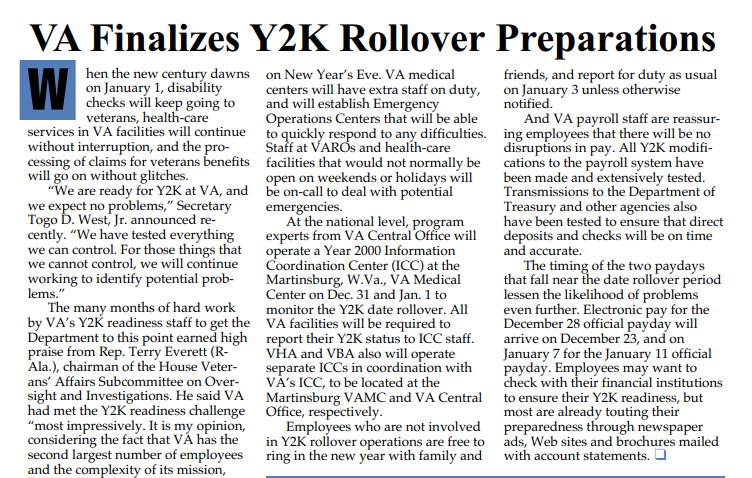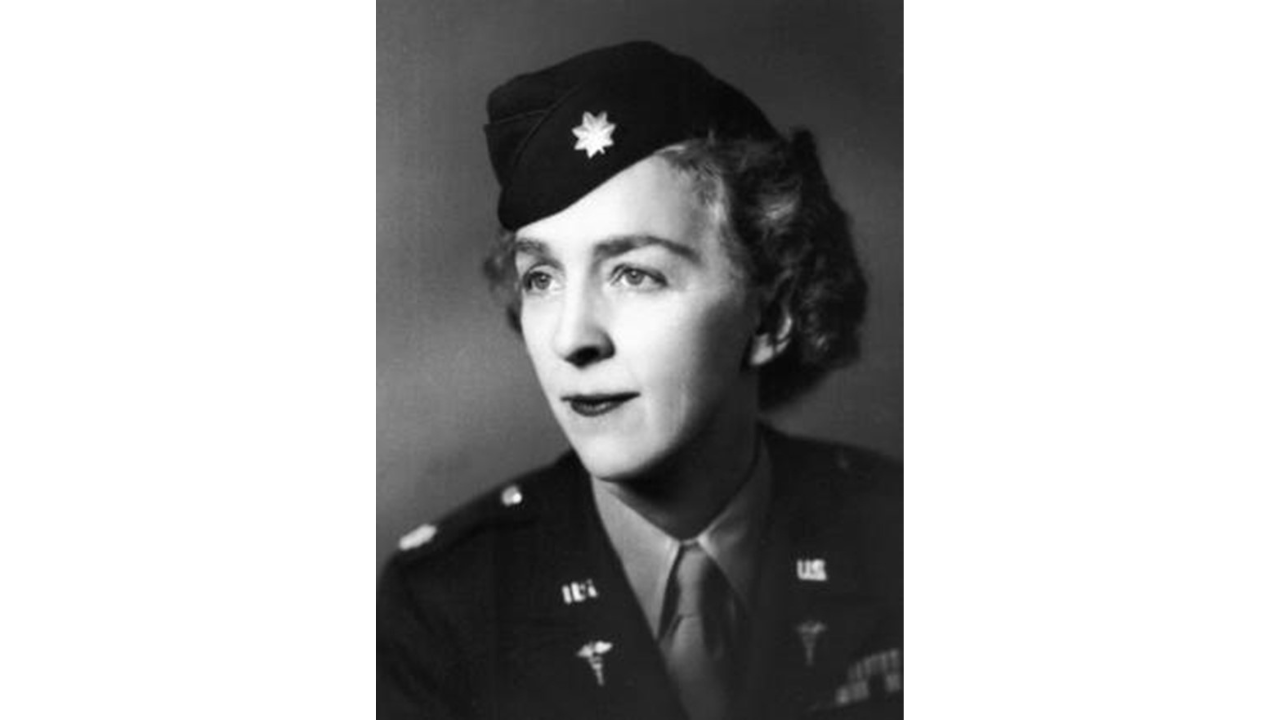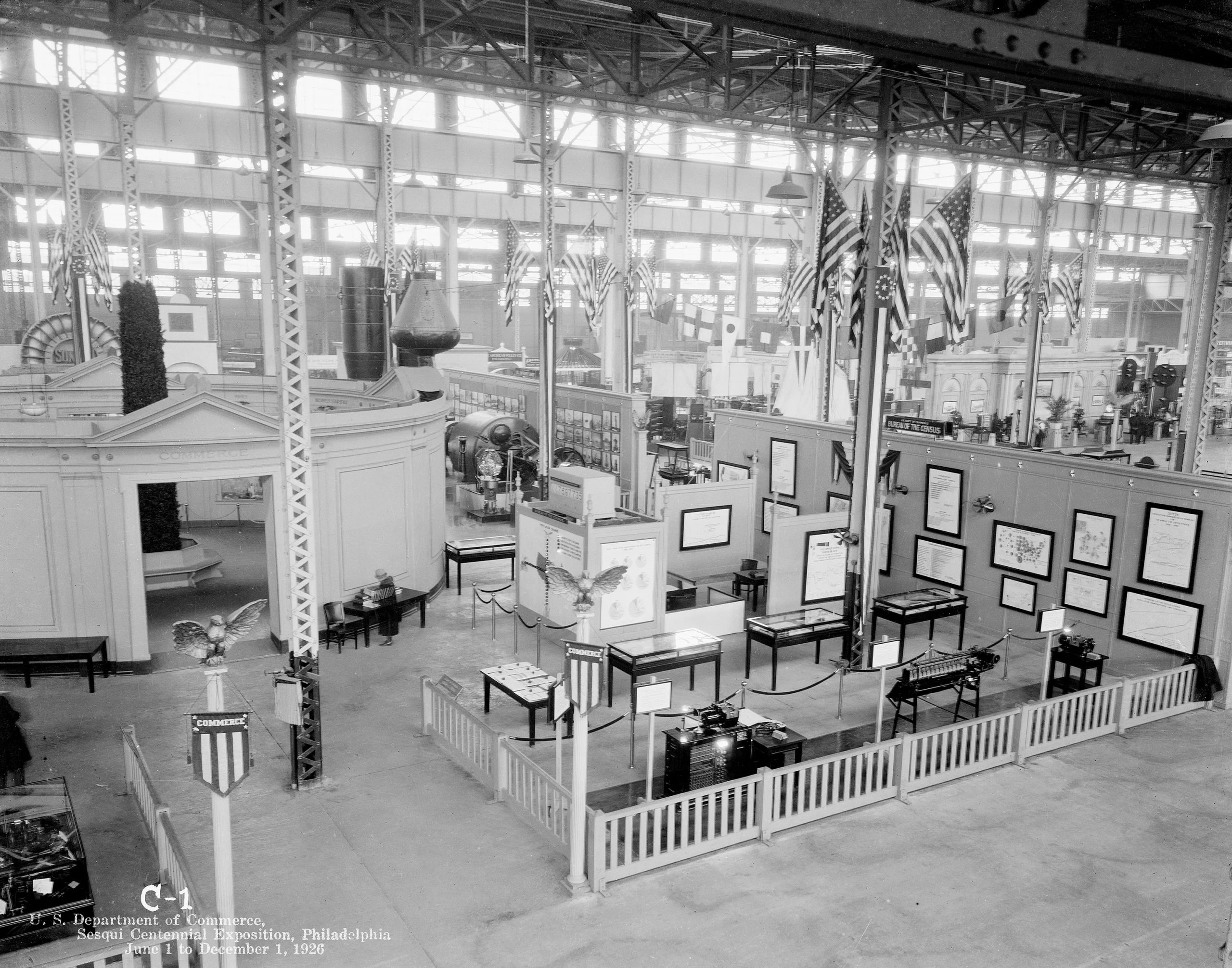History of VA and its administrations
What is the history of the Department of Veteran Affairs? The origin story of the modern VA includes several previous entities and names dating as far back as the American colonies. To help understand that legacy, this site serves as the centralized digital location for VA’s history with the focus of educating about the special relationship between the nation and its Veterans, including how that has impacted society. Here there are various stories and exhibits that examine the individuals, institutions and innovations of the last 250 years. There have been multiple agencies that have provided the service and benefits to America’s Veterans, including the Bureau of Pensions, National Home for Disabled Volunteer Soldiers, National Cemetery System, Bureau of War Risk Insurance, Veterans Bureau, and Veterans Administration, all of which are referenced on the preceding pages.
Eventually, VA’s story will be displayed to the public at the National VA History Center at the Dayton, Ohio VA campus. All information related to that effort will be found here as well.
This site is updated regularly, so check back often or sign up for our monthly newsletter in the sign up box below to have the latest stories in your inbox.
Latest VA History Posts
National VA History Center
The National VA History Center is the forthcoming museum and archival center for the historical collection and records pertaining to the Department of Veterans Affairs and its legacy agencies. It is located at the Dayton VA Medical Center campus, itself a designated National Historic Landmark. While the idea of the history center is not new, recent actions to make it a reality are. Ceremonies marking its official establishment – and the start of renovation work on two historic buildings to house the collection – were held in August 2020. The public opening of the facility isn’t expected for several years, but great work is ongoing behind the scenes. Look for monthly updates in the Curator Corner, illustrating the multi-faceted steps that go into establishing a museum and its collection as well as the archives with its growing amount of records from scratch. This will be the GO-TO home for the History Center.
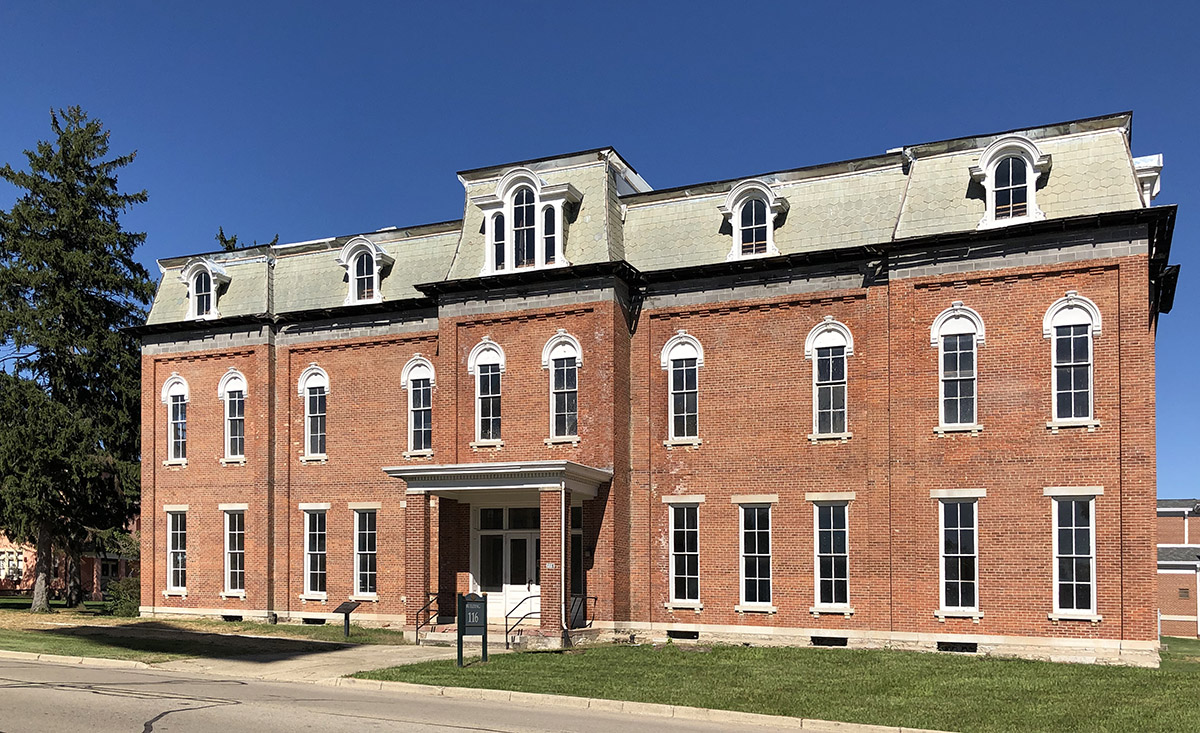
Archives and Research
The National VA History Center has a growing Archives department that is spearheading the way to provide public access to historical documents related to the Department of Veterans Affairs and its predecessor organizations.
Researchers can access the Records Groups and Finding Aids pertaining to the Veterans Benefits Administration, Veterans Health Administration and the National Cemetery Administration on the NVAHC archives page.
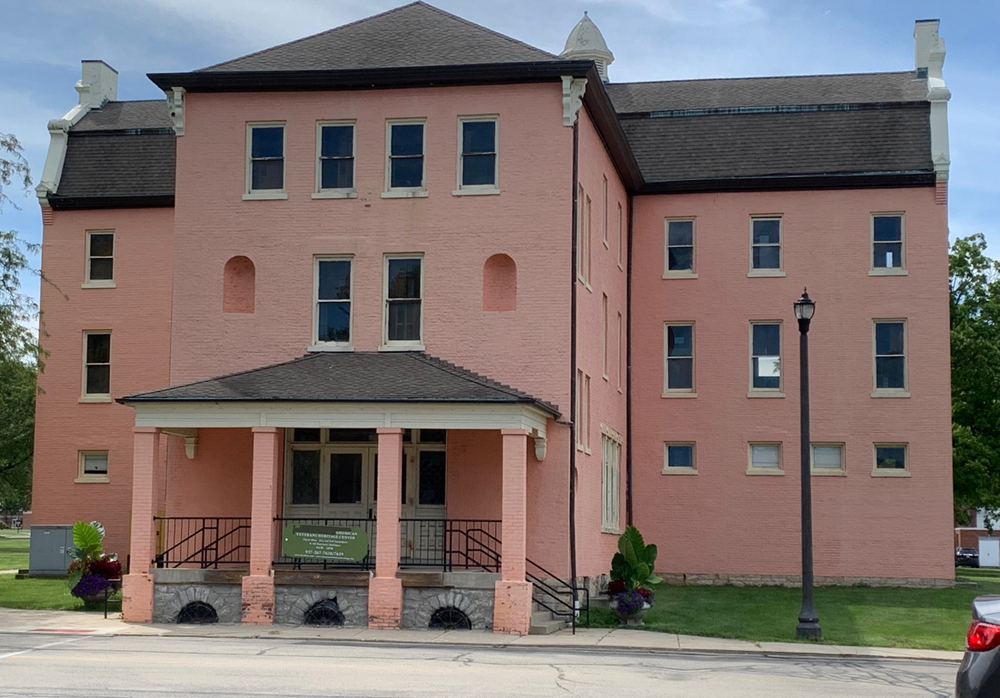
History of VA in 100 Objects exhibit
The History of VA in 100 Objects exhibit spotlights the objects that illuminate how the nation has honored and cared for Veterans from 1776 to the present. New entries are added every few weeks as we continue the countdown to the 100th Object. Click on the link below to view all of the entries published to date or you can search them by using the magnifying glass icon on this page. Join the journey through VA’s past, object by object.
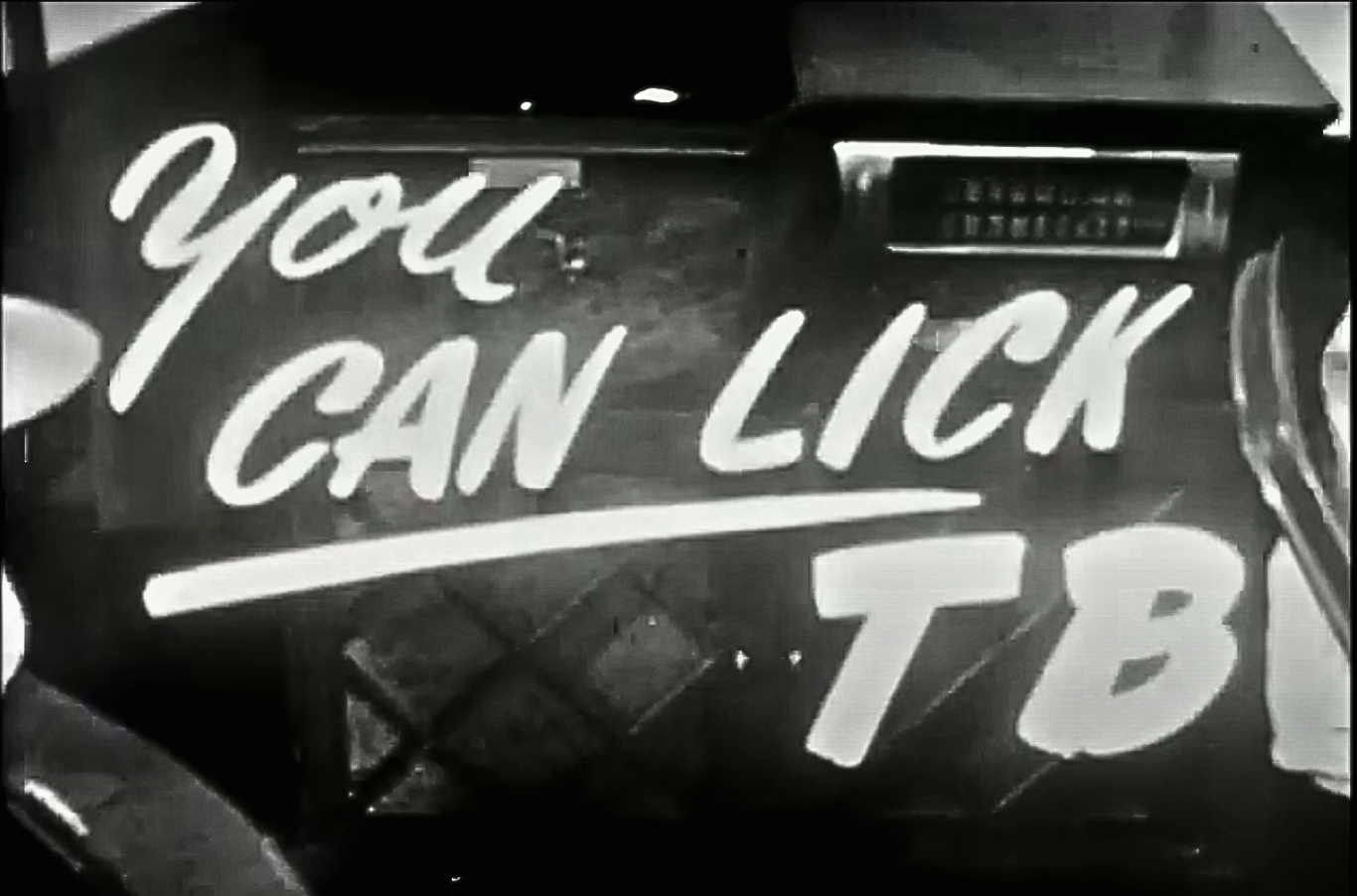
History of VA in 100 Objects
Object 89: VA Film “You Can Lick TB” (1949)
In 1949, VA produced a 19-minute film titled “You Can Lick TB.” The film follows a fictional conversation between a bedridden Veteran with tuberculosis and his VA doctor, dramatizing through brief vignettes the different stages of TB treatment and recovery.
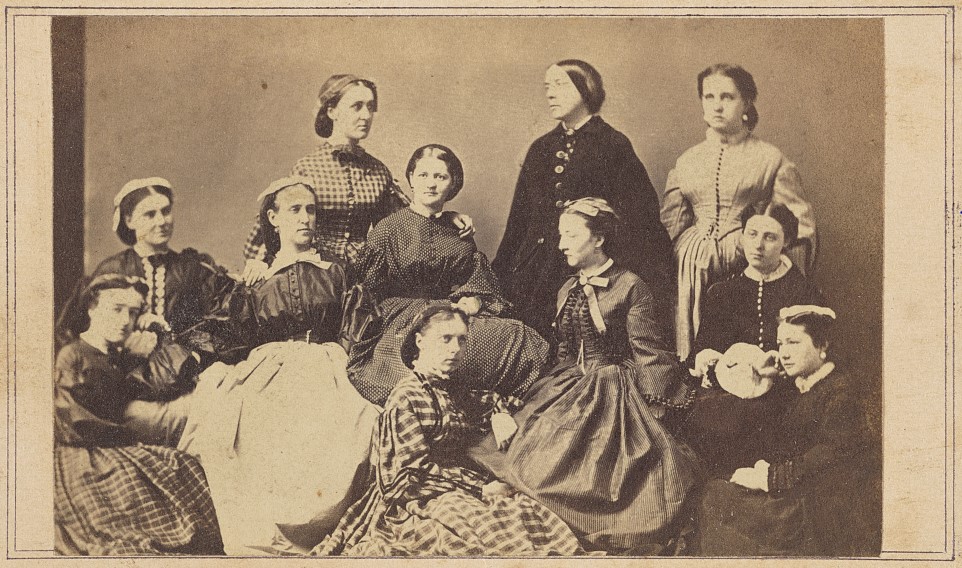
History of VA in 100 Objects
Object 88: Civil War Nurses
During the Civil War, thousands of women served as nurses for the Union Army. Most had no prior medical training, but they volunteered out of a desire to support family members and other loved ones fighting in the war. Female nurses cared for soldiers in city infirmaries, on hospital ships, and even on the battlefield, enduring hardships and sometimes putting their own lives in danger to minister to the injured.
Despite the invaluable service they rendered, Union nurses received no federal benefits after the war. Women-led organizations such as the Woman’s Relief Corps spearheaded efforts to compensate former nurses for their service. In 1892, Congress finally acceded to their demands.
Featured Stories
Our Featured Stories section provides scholarly researched and written content on the people, places, events and innovations that illustrate VA’s remarkable evolution serving Veterans since the start of our nation. These are longer stories, with historical details on the rich lineage of VA and the significant moments in time.
Virtual Exhibits
A collection of virtual exhibits covering various historical aspects of VA, presented with focus on visual images that have been pulled from archives across the nation. Most use an exhibit-host to showcase specific topics with compelling pictures and research that go beyond stories and features.

Exhibits
VA Research at 100: A Century of Medical Advancements
In 1925, 100 years ago, the Veterans Bureau initiated the first hospital-based medical research studies to address Veteran-specific issues like mental health, tuberculosis, cancer and toxic exposure. The program has since made significant medical breakthroughs and innovations, impacting the world.

Exhibits
Adaptive Exhilaration: Equipment from the National Disabled Veterans Winter Sports Clinic
In 2024, the National Disabled Veterans Winter Sports Clinic, hosted by the Grand Junction VA Medical Center and co-presented with Disabled American Veterans, will donate adaptive ski equipment from the early years of the event to the National VA History Center in Dayton, Ohio. The clinic started in 1986 when VA established it and then held the the inaugural event at Powderhorn the following year. The clinic welcomed approximately 90 Veterans from 27 states, bolstered by a volunteer staff of about 20. Despite skepticism from many health professionals of the era, the clinic underscored the importance of physical activity for persons of all abilities.
This exhibit includes multiple items that were used at the early clinics, which are finding a new home at the National VA History Center.
Curator Corner
While the National VA History Center continues progressing, get a peek inside the growing artifact collection and records archive that will one day be featured in various displays or be accessible and centralized for research. As part of our effort, the Curator Kurt Senn and Senior Archivist Robyn Rodgers will provide insight into the efforts behind the scenes to establish the future museum and archive center that will help show VA’s story. Some of our series include ‘What’s in the box?‘ that will highlight unique items that are literally found in boxes as the team opens them and ‘From the collection,’ which traces the history of items that are stored on site.

Curator Corner
The Story Behind the National Homes’ Seal
The National Home for Disabled Volunteer Soldiers turns 160 years old in 2025. The campuses are the oldest in the VA system, providing healthcare to Veterans to this day.
At the time of their establishment, they were the first of their type on this scale in the world. Within the NHDVS seal is the story that goes back 160 years ago.
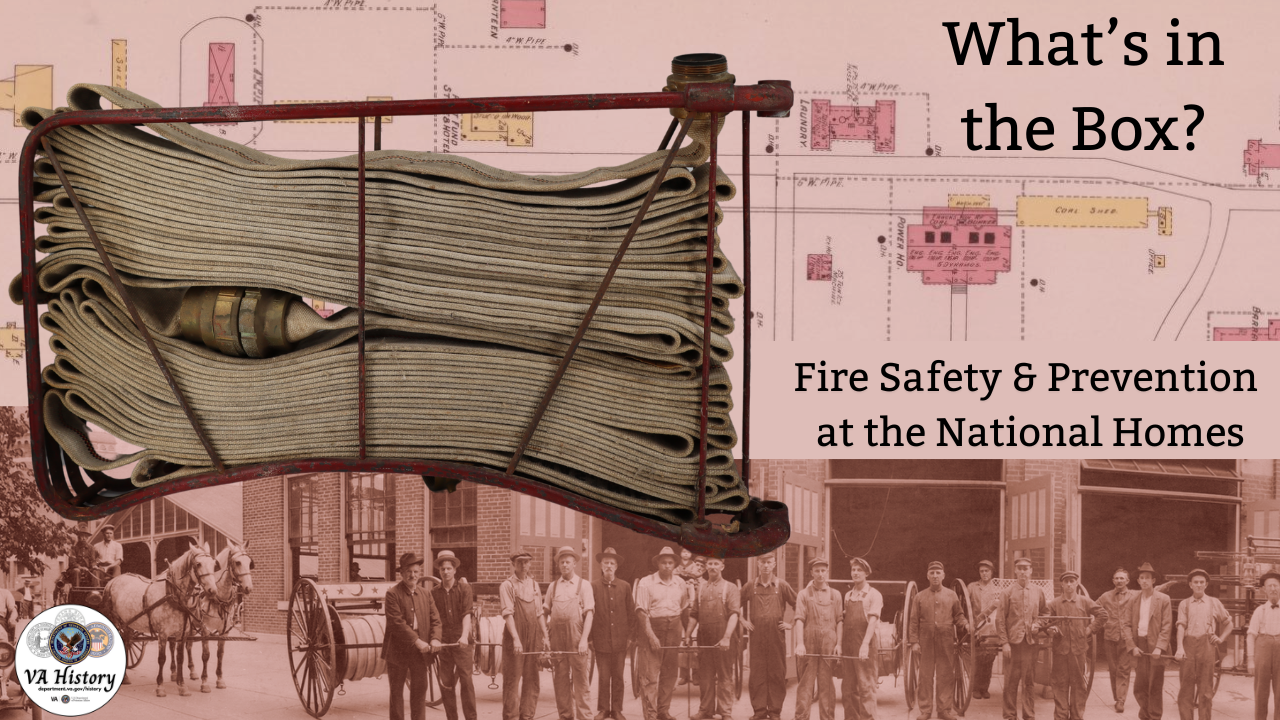
Curator Corner
What’s in the Box? Fire Safety and Prevention at the National Homes
Fire safety may not be the first thing that comes to mind when thinking about Veteran care, but during the National Home for Disabled Volunteer Soldiers period (1865-1930), it was a critical concern. With campuses largely constructed of wooden-frame buildings, housing thousands of often elderly and disabled Veterans, the risk of fire was ever-present. Leaders of the National Homes were keenly aware of this danger, as reflected in their efforts to establish early fire safety protocols.
Throughout the late 19th century, the National Homes developed fire departments that were often staffed by Veteran residents, and the Central Branch in Dayton even had a steam fire engine. Maps from this era, produced by the Sanborn Map Company for fire insurance purposes, reveal detailed records of fire prevention equipment and strategies used at the Homes. These records provide us with a rare glimpse into evolving fire safety measures in the late 19th and early 20th Century, all part of a collective effort to ensure the well-being of the many Veterans living there.


